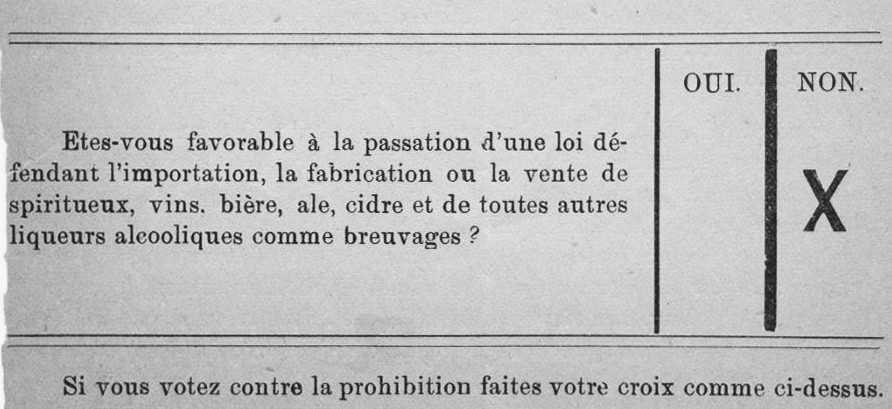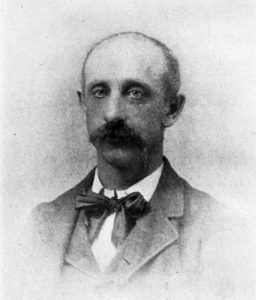Sutton during prohibition
Borders and smuggling are inseparable realities. There’s always a strong temptation to cross the border to get what’s more expensive, or forbidden, at home. Smuggling liquor during prohibition is the example that left the greatest mark.
In Canada, pressure from the temperance movement led politicians to give local elected officials the power to ban — or not ban — alcohol. From 1860 onwards, Brome County, which included all of Sutton Township, was more often than not a dry county. Several referendums were held during this period, some of which were national in scope. Québec as a whole voted against prohibition, but Brome County supported it.
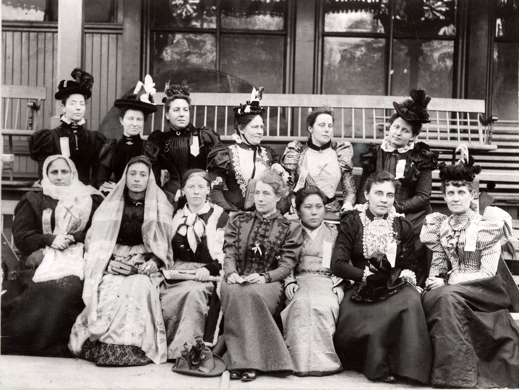
In 1897, Toronto hosted delegates from around the world at the Woman’s Christian Temperance Union (WCTU) convention.
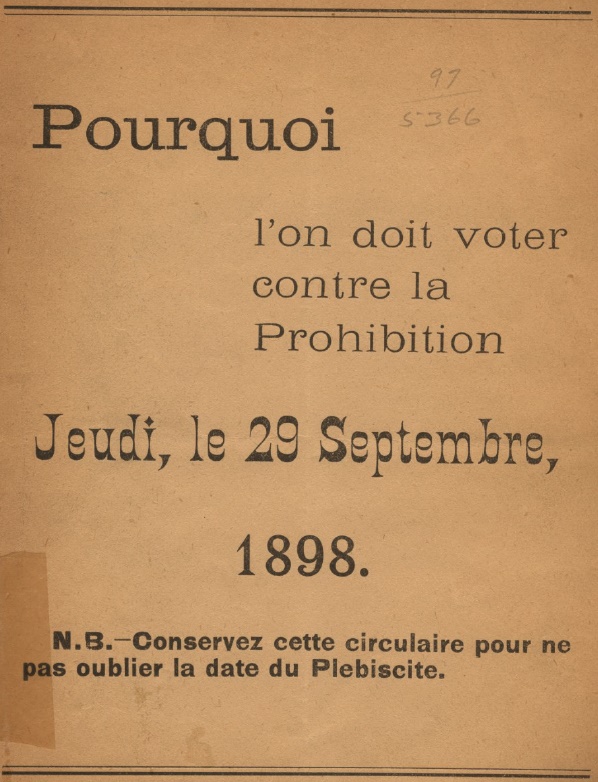
Opponents of prohibition were very active in Québec. During the 1898 referendum they published an 8-page circular to promote NO to imposing a law prohibiting alcoholic beverages.
The ban on selling alcohol is ignored by some hotel owners. Some prefer to pay fine after fine rather than abandon this lucrative business. Their flouting the law costs taxpayers dearly in terms of lawyer, bailiff and court fees.
Sometimes things got rough. In 1896 someone tried to murder Sutton Junction Stationmaster William Smith because he’d denounced those who brought liquor into Canada by train. Three local hotelkeepers were arrested, including Marcus Jenne of Abercorn House and James Wilson of Glen Sutton. They pleaded guilty to a reduced charge of common assault, which earned them a month in jail, much to the chagrin of prohibitionists. As for William Smith, he was fired by Canadian Pacific for opening parcels without permission.
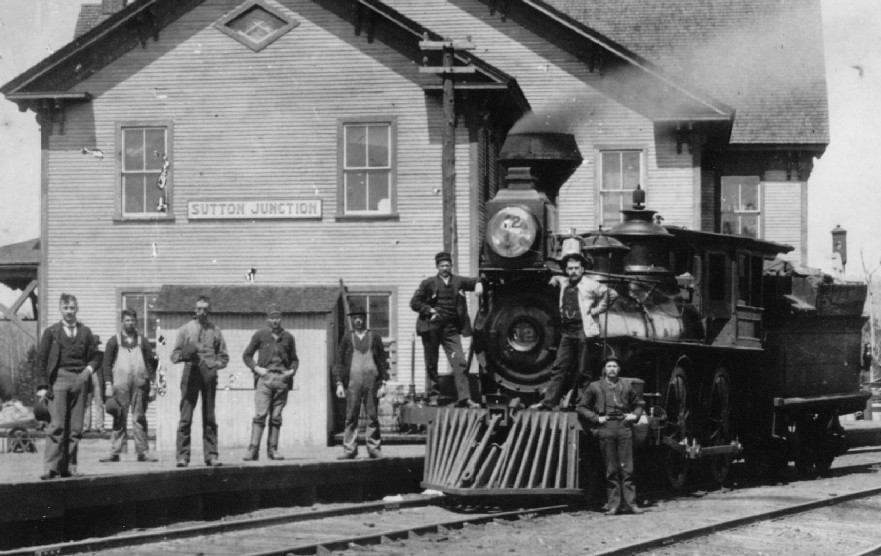
On the night of 7 July 1896, railroad employee William W. Smith was attacked with a lead pipe during his shift at Sutton Junction Station.


